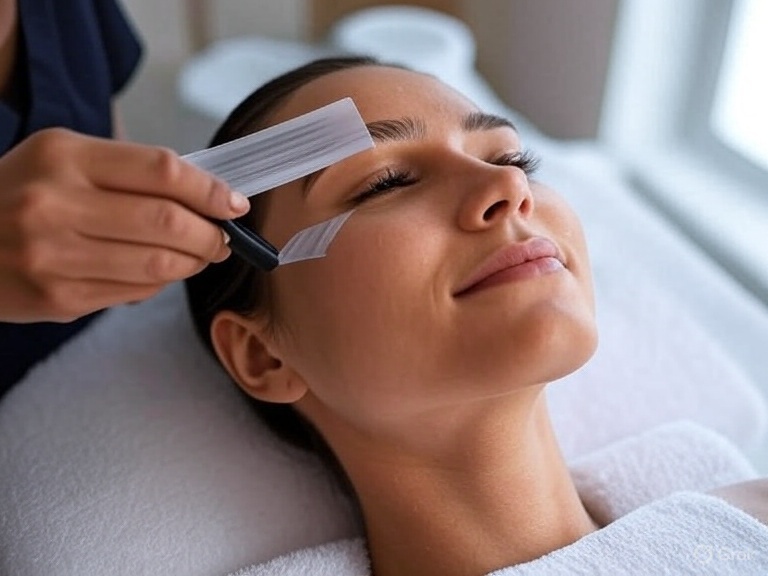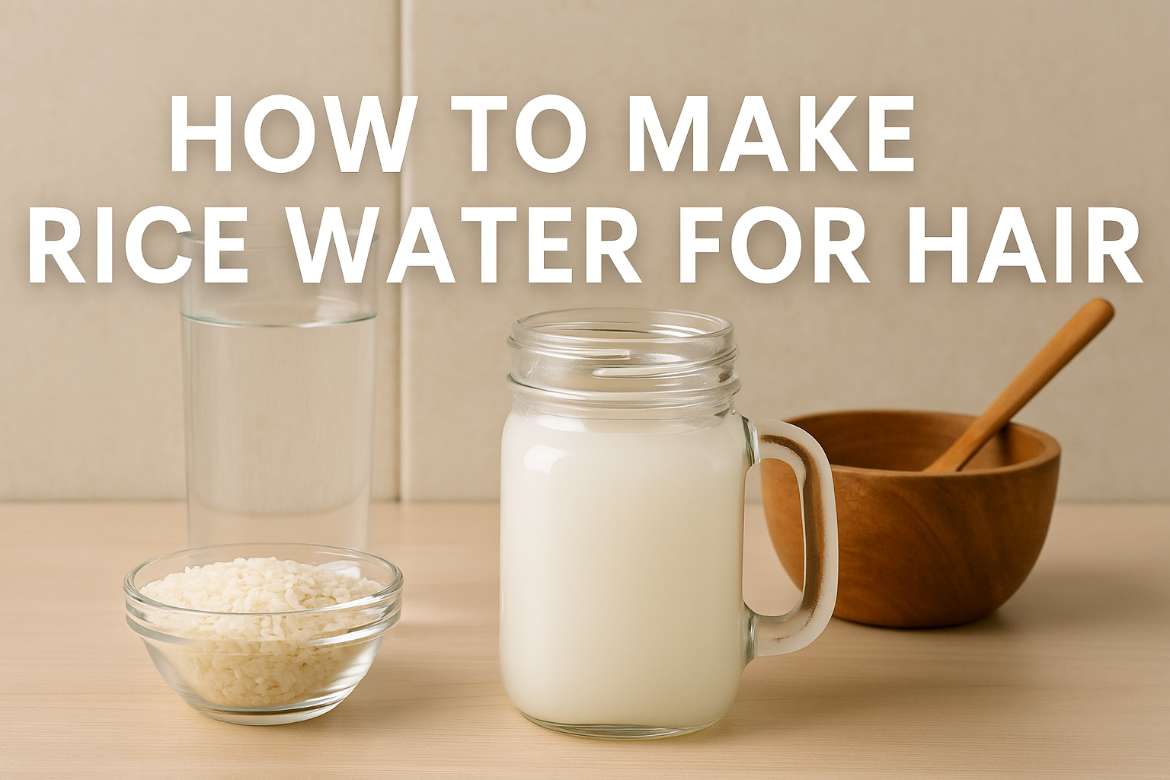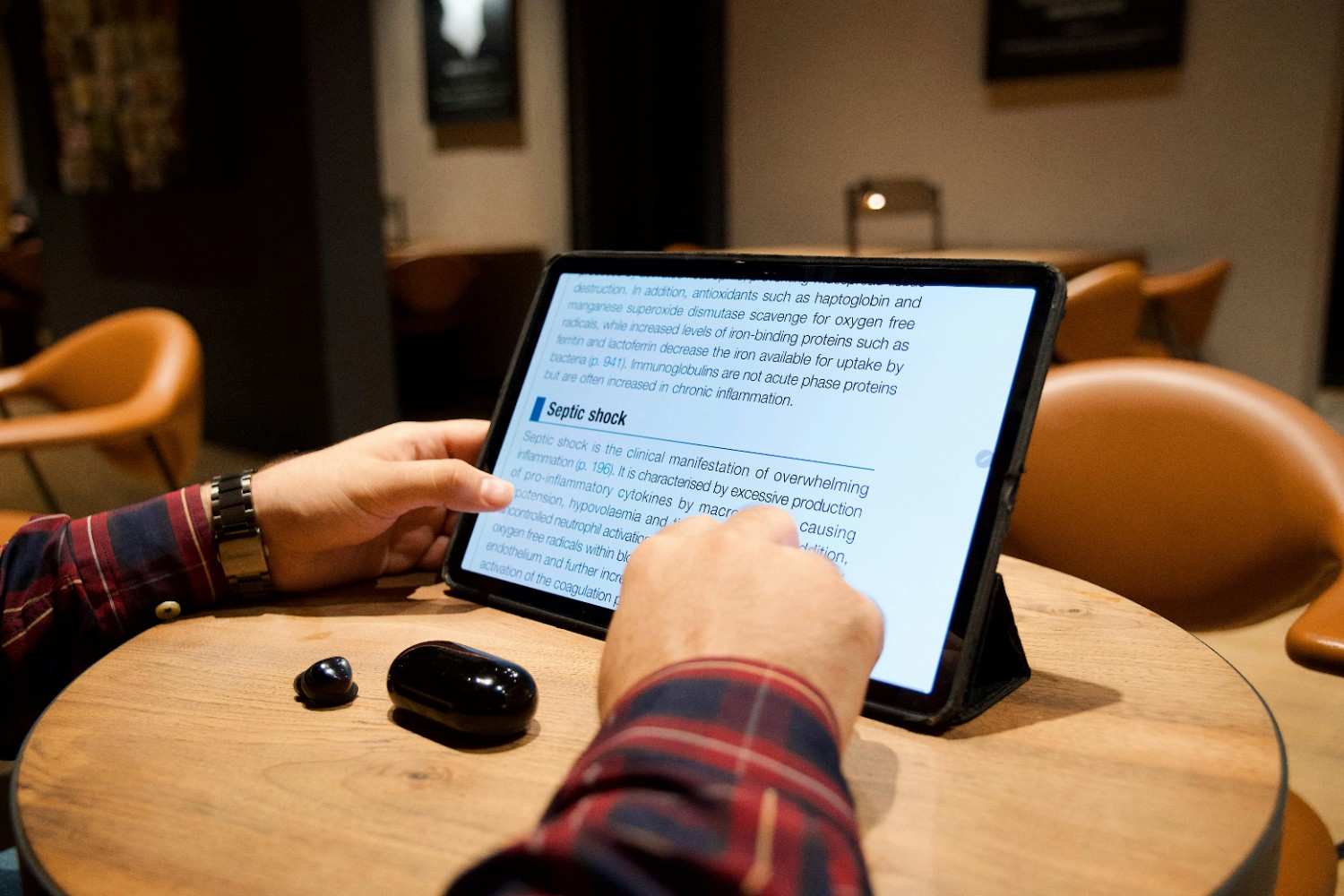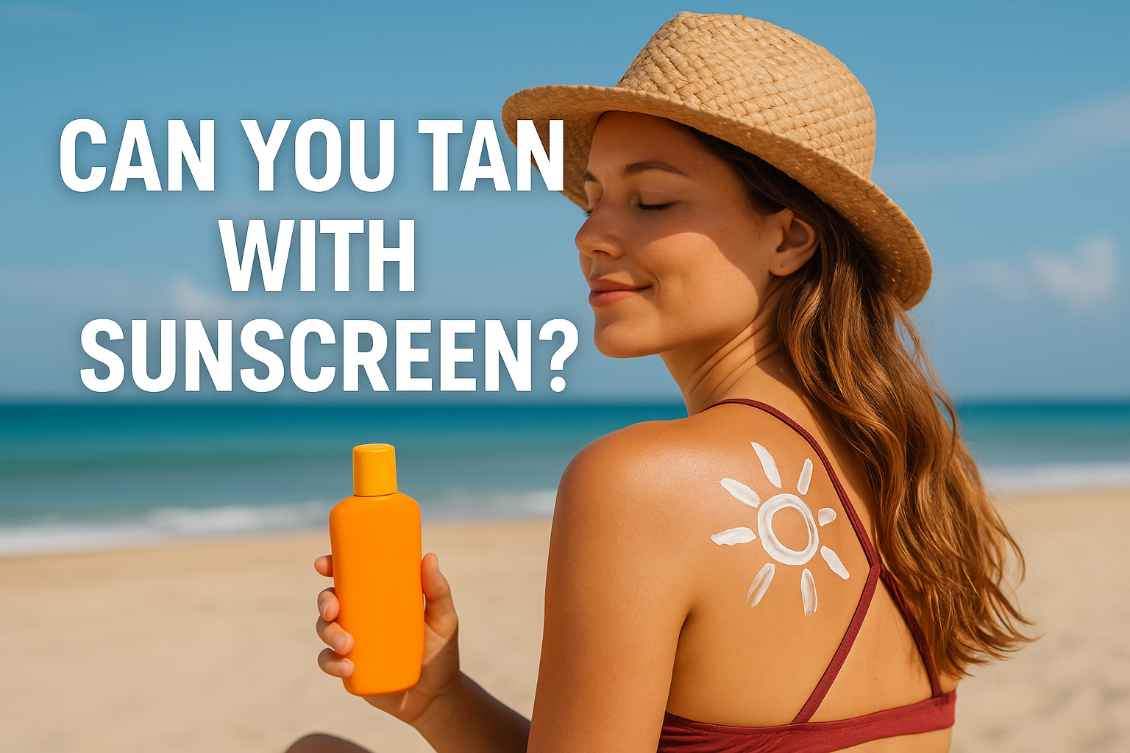
Every summer, the same question pops up — and not just among beauty bloggers and skincare enthusiasts. It happens on beach vacations, at backyard barbecues, and even during lunch breaks in sunny parks. You apply sunscreen like a responsible adult, but after a few hours outdoors, you notice your skin is a little darker. Suddenly, you’re asking yourself: can you tan with sunscreen?
The answer isn’t as black-and-white as “yes” or “no.” To really understand it, you need to know how tanning works, how sunscreen protects you, and why some people still end up bronzed despite following the “rules.”
Why People Wonder If You Can Tan With Sunscreen
It’s easy to see why the question comes up so often. Many people want that golden, sun-kissed look that screams “I’ve been on vacation,” but they also want to protect themselves from burns, wrinkles, and long-term skin damage. Social media plays a role too — flawless beach photos and bronzed influencers make tanning seem like a beauty goal.
For skincare-conscious folks, the goal is often a compromise: get a little color without putting their health at serious risk. That’s why so many of us are curious about whether sunscreen can truly block a tan, or just slow it down.
What Happens to Your Skin When You Tan
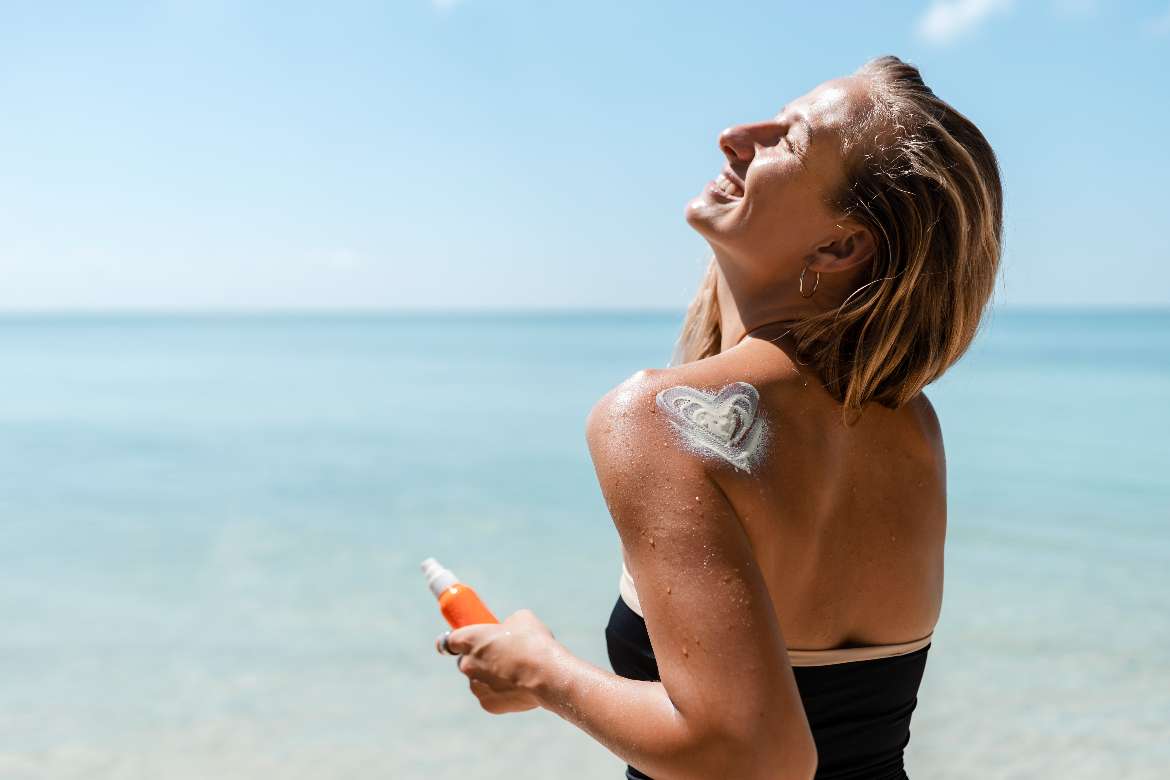
Your skin is smarter than you think. The moment UV rays hit, it goes into defense mode. Special cells called melanocytes produce more melanin — a pigment that gives your skin its color. This pigment acts like a natural umbrella inside your skin, absorbing and scattering UV rays to prevent DNA damage.
Here’s the thing: UVA rays penetrate deeper into the skin and are the main culprits behind tanning and premature aging. UVB rays are stronger at causing sunburn and also contribute to skin cancer risk. That “healthy glow” is actually your skin signaling it’s been injured. In other words, tanning is damage — even if you don’t burn.
How Sunscreen Works?
Think of sunscreen as a fine mesh filter rather than a solid wall. It lets through a small amount of UV light while blocking the majority. SPF — Sun Protection Factor — tells you how much protection you’re getting from UVB rays. SPF 30 blocks about 97% of them, SPF 50 about 98%. The difference sounds tiny, but it matters over hours of exposure.
A good sunscreen should be broad-spectrum, meaning it shields you from both UVA and UVB rays. Mineral sunscreens (with zinc oxide or titanium dioxide) act like tiny mirrors, reflecting light. Chemical sunscreens absorb UV rays and neutralize them before they can harm your skin. The choice between them is personal, but both can work well if applied correctly.
Can You Tan With Sunscreen On?
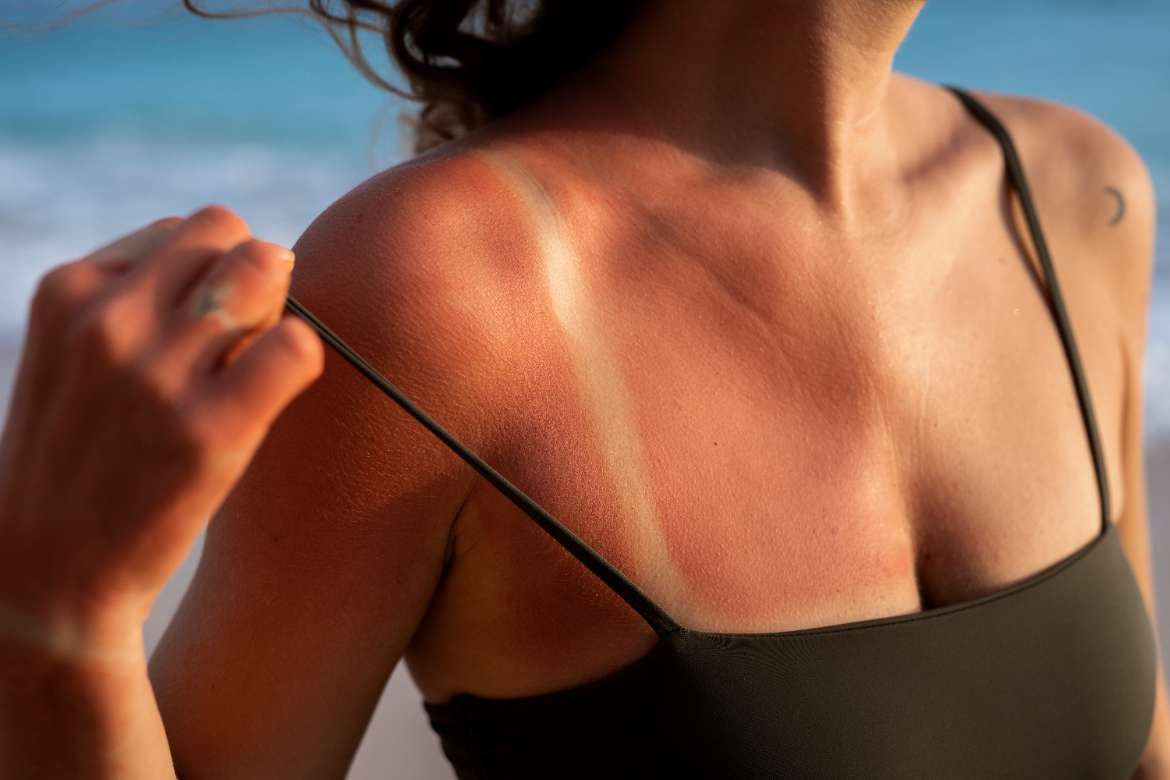
Yes, you can — just not as quickly or as deeply. Even high SPF sunscreens allow a small percentage of UV rays to reach your skin, which can still trigger melanin production over time.
How you use sunscreen makes a big difference. If you apply too little, skip spots, or forget to reapply after swimming, sweating, or toweling off, you’re leaving parts of your skin vulnerable. That’s why two people at the same beach, using the same SPF, can walk away with very different results.
Myths and Misconceptions About Tanning With Sunscreen
One of the most persistent myths is that you can get a “safe tan” with sunscreen. The reality? No tan is entirely safe because all tanning involves UV damage.
Another common misunderstanding is that sunscreen stops all tanning. It doesn’t — it reduces UV exposure, which slows tanning and helps prevent burning, but it can’t block it entirely.
Some believe a “base tan” acts as a shield against sunburn. At best, a base tan gives you the equivalent of SPF 3, which is practically useless against strong sun.
Higher SPF also gets misinterpreted — SPF 100 won’t make you invincible, it just filters out a slightly higher percentage of rays. And finally, there’s the vitamin D myth: wearing sunscreen doesn’t stop production completely, and you can always get vitamin D from diet or supplements without risking skin damage.
Does a Lower SPF Increase Your Chances of Tanning
Yes — but it’s a risky trade. A lower SPF means more UV rays reach your skin, which can speed up tanning but also greatly increase your risk of burns, DNA damage, and skin cancer. That “quicker glow” comes at a long-term cost.
Dermatologists generally recommend SPF 30 or higher for daily activities and higher if you’re spending extended time in direct sunlight. Lowering SPF for the sake of a faster tan is like taking the seatbelt off so you can “feel the ride” — it’s just not worth it.
Common Reasons People Still Tan Despite Sunscreen
Most people underestimate how much sunscreen they need — a thin layer doesn’t give the SPF protection on the bottle. Missed areas like ears, hairline, feet, and backs of knees can tan or burn faster than you expect.
Reapplication is another big factor. Sunscreen wears off through sweat, water, and friction from clothing or towels. If you only apply in the morning and spend hours outdoors, your protection fades. Expired sunscreen is also a sneaky culprit; over time, its active ingredients lose effectiveness.
Can Sunscreen Prevent Tanning Completely
Outdoors, the answer is no. Even the most diligent SPF user will still get a small amount of UV exposure. However, pairing sunscreen with physical barriers like UPF-rated clothing, wide-brimmed hats, and sunglasses dramatically reduces the chance of tanning. Seeking shade during peak hours is another effective strategy.
Risks of Tanning Even With Sunscreen
Every bit of UV that sneaks through can contribute to long-term damage. Over time, repeated tanning breaks down collagen and elastin, leading to wrinkles, sagging, and sunspots. There’s also the increased risk of skin cancers, including melanoma. Hyperpigmentation, uneven skin tone, and texture changes are other common side effects.
How to Minimize Tanning While Staying Safe in the Sun
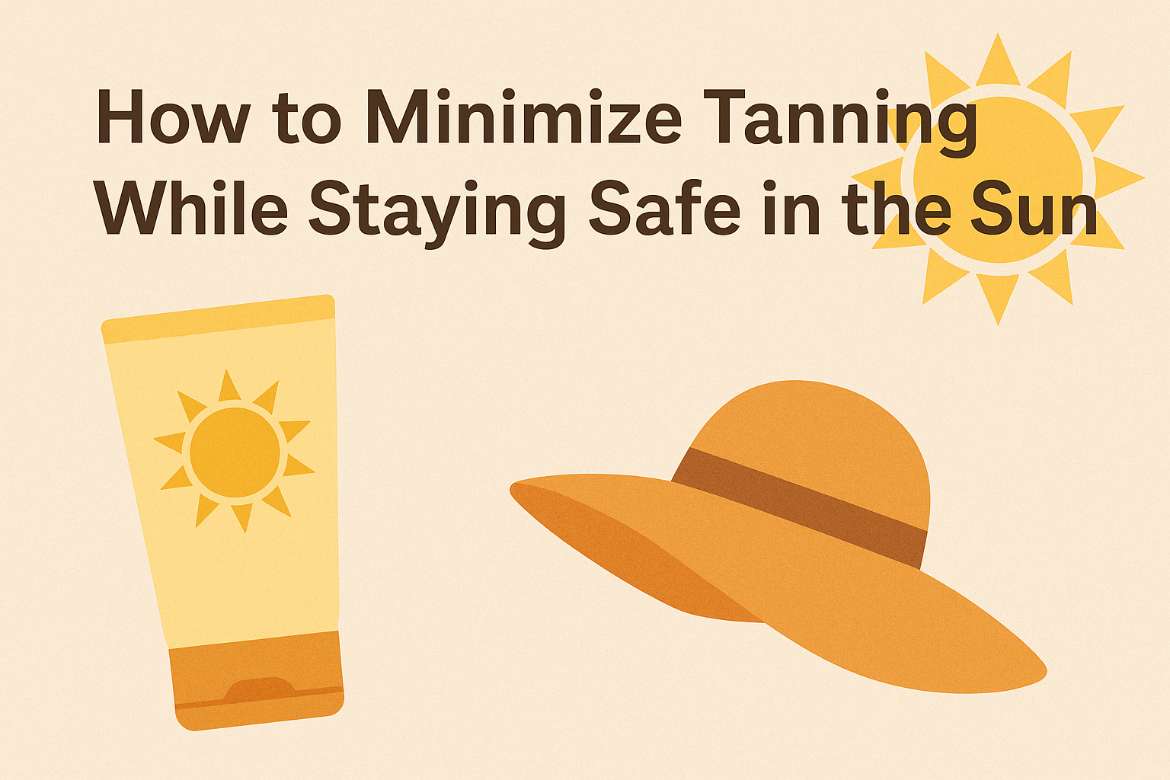
If your goal is to protect your skin, start by applying a generous layer of sunscreen about 15 minutes before heading outside. Reapply every two hours, and sooner if you’ve been in the water or sweating heavily. Choose a broad-spectrum formula with SPF 30 or higher.
Complement your sunscreen with wide-brimmed hats, sunglasses, and lightweight, breathable UPF clothing. Whenever possible, take breaks in the shade, especially between 10 a.m. and 4 p.m., when UV rays are most intense.
Can You Still Get Vitamin D While Wearing Sunscreen
Yes. Real-life sunscreen use rarely blocks vitamin D production entirely because people often apply less than the recommended amount or miss spots. Even if you’re diligent, a little UV still gets through. For those concerned about deficiency, foods like salmon, fortified dairy, and eggs, or supplements, can safely keep your levels in check.
Safer Alternatives to Sun Tanning
If it’s the look you’re after, self-tanning lotions, mousses, and sprays can give you that golden tone without risking UV damage. Professional spray tans now come in custom shades that look natural and fade evenly. For an instant glow, bronzing powders and body shimmers work beautifully and wash off at the end of the day.
FAQs
Is SPF 30 enough to prevent tanning?
It will significantly slow tanning, but not stop it completely. A small amount of UV still reaches your skin.
Does SPF 50 stop tanning completely?
No. It offers more protection than SPF 30, but tanning can still occur over time.
Why do I still tan with sunscreen on?
You might not be applying enough, missing areas, or reapplying often enough to maintain full protection.
Does mineral sunscreen prevent tanning better than chemical sunscreen?
Both work effectively if broad-spectrum and applied correctly; choice depends on preference and skin type.
Can you tan through clothing or swimwear?
Yes, especially if the fabric is thin, light-colored, or wet. UPF-rated fabrics offer better protection.
Does sunscreen block vitamin D completely?
No. Some UV still penetrates, and you can maintain levels through diet and supplements.
Can you tan faster with tanning oil over sunscreen?
Often yes, because tanning oils can reduce SPF effectiveness, but they also increase the risk of burns and damage.
Final Thoughts on Tanning With Sunscreen
So, can you tan with sunscreen? Yes — but it’s slower, lighter, and still a sign that UV rays have penetrated your skin. Sunscreen is your best defense, but pairing it with smart sun habits is even better. If you love the look of a tan, modern sunless products can give you the same confidence without compromising your skin’s health for years to come.
